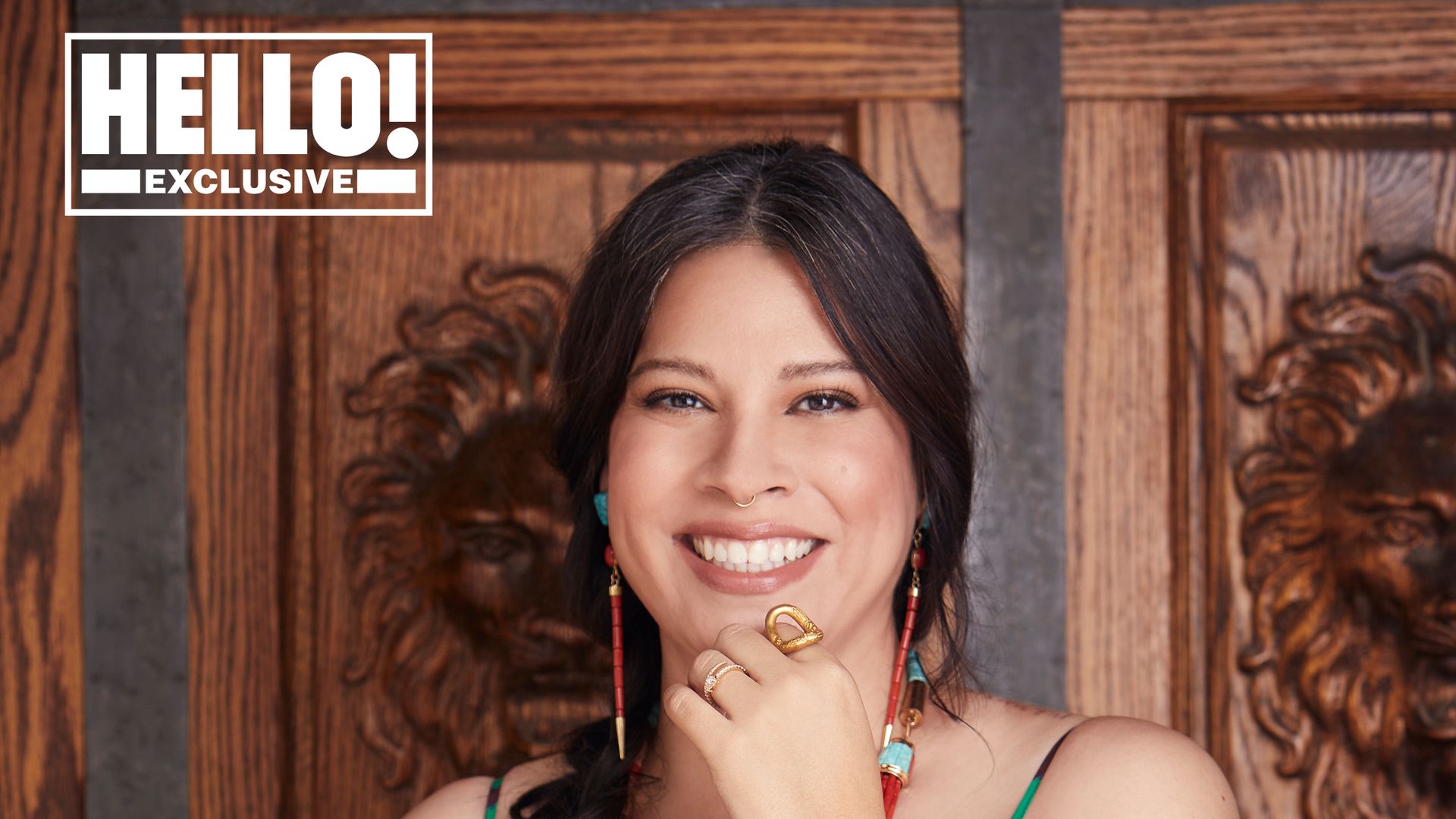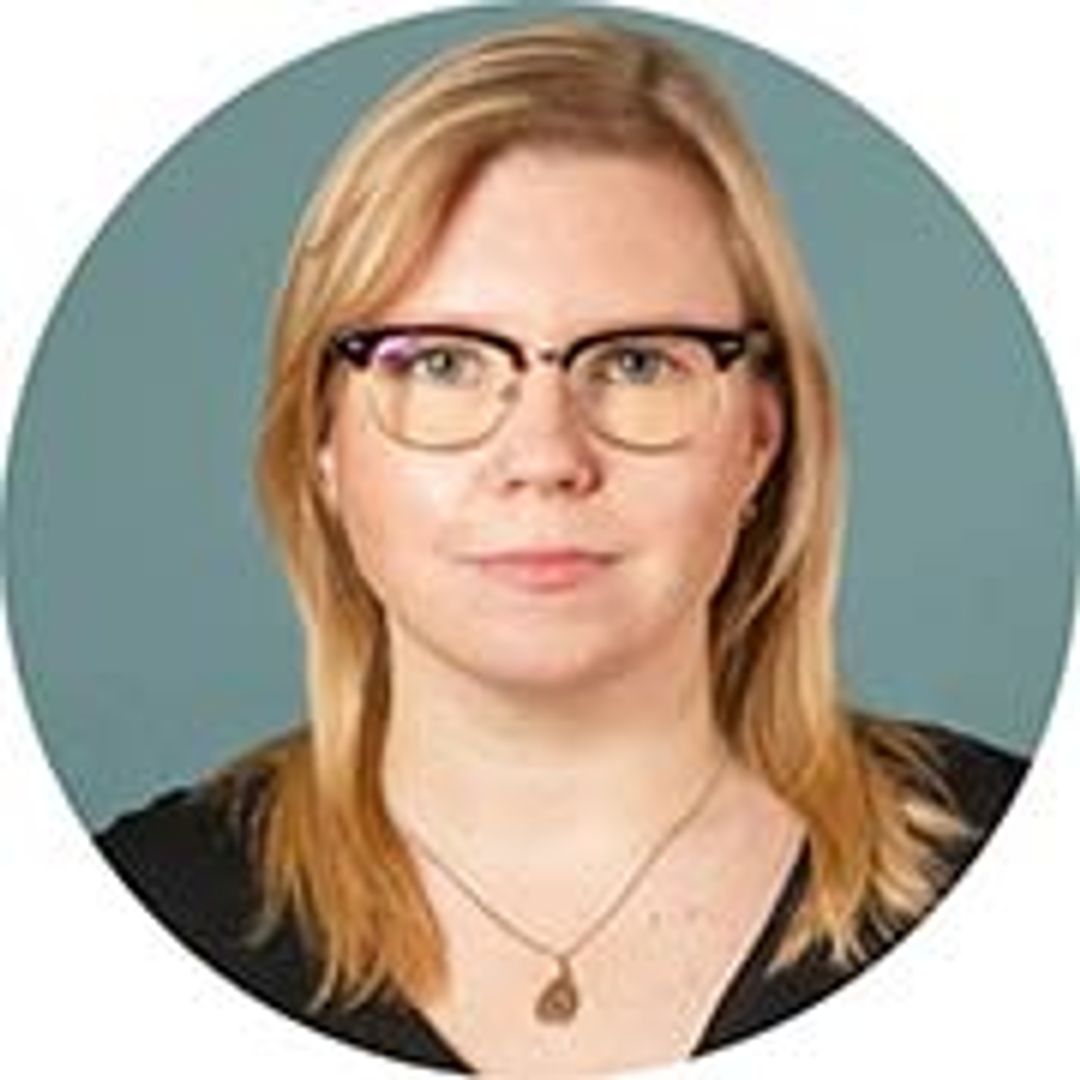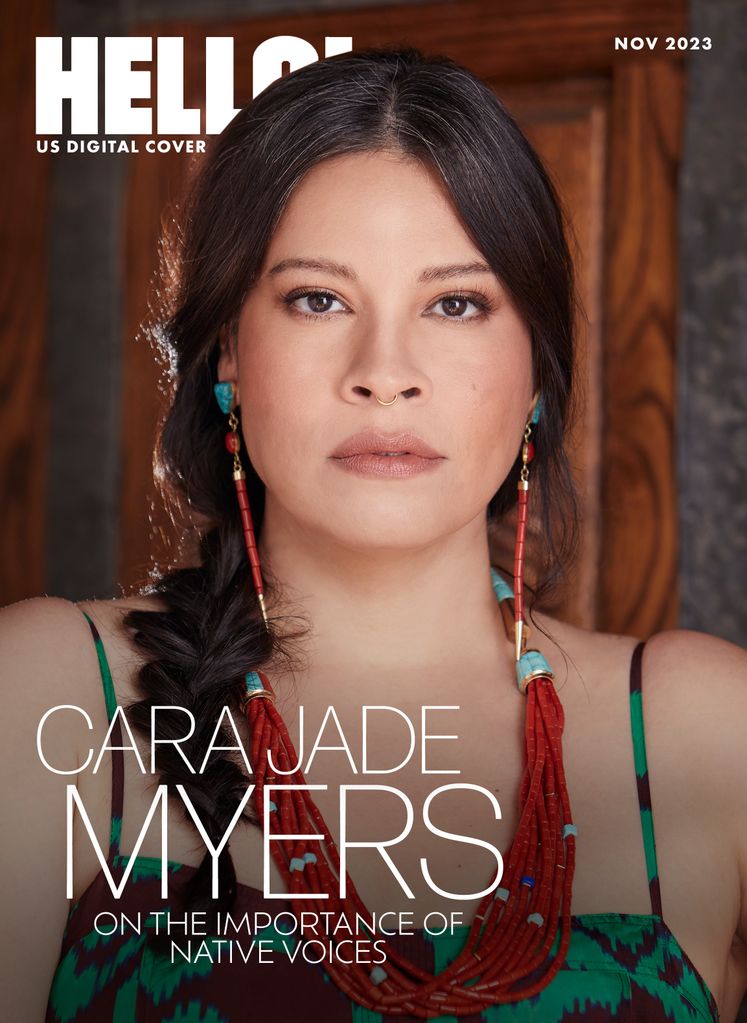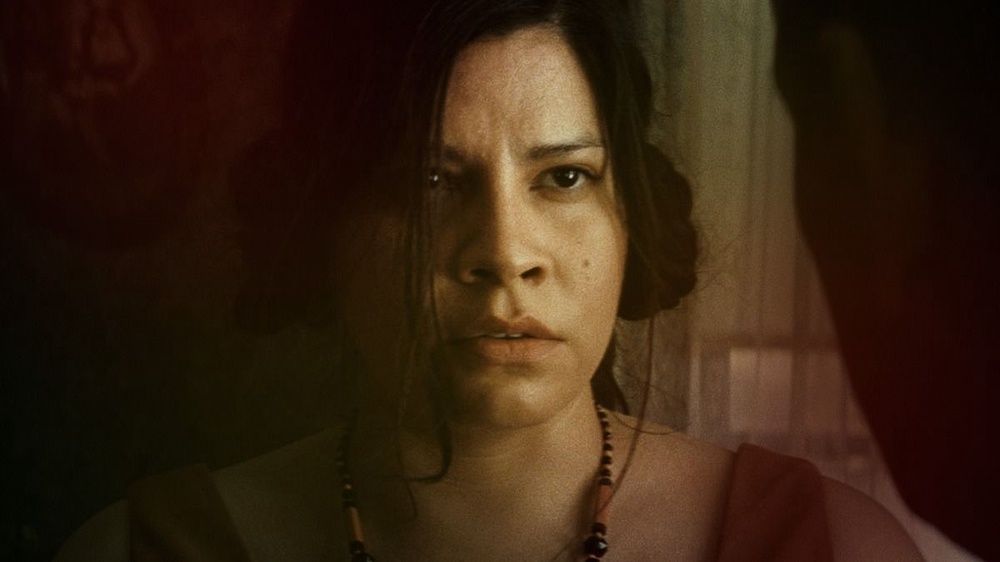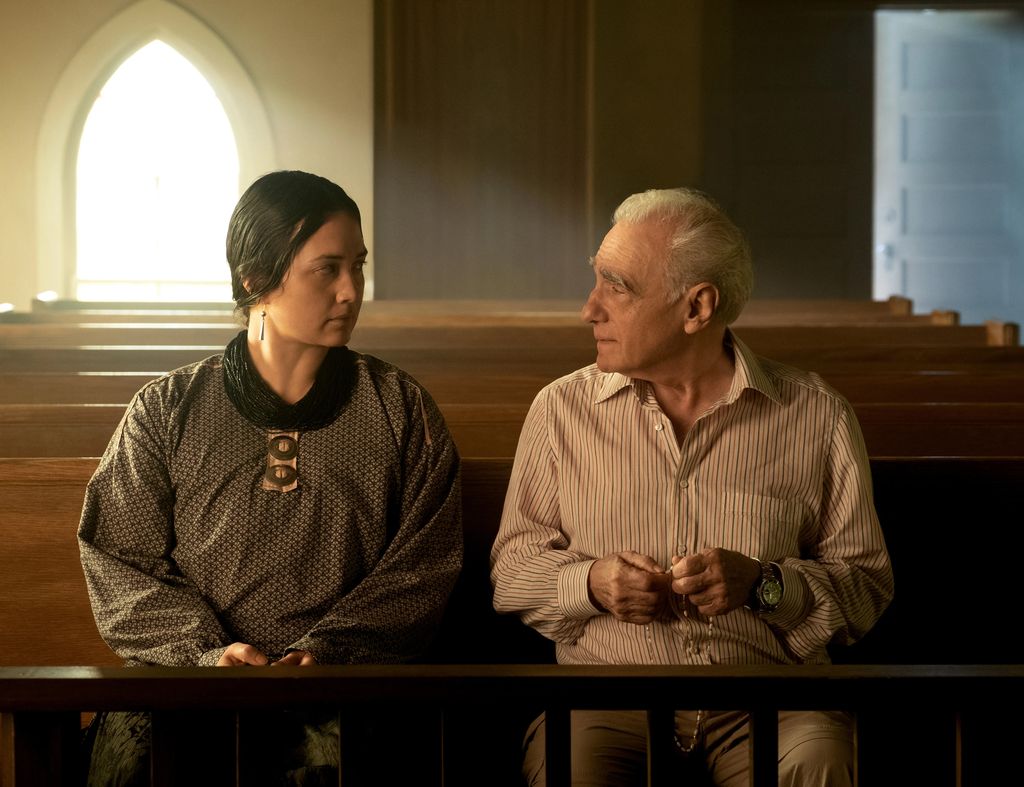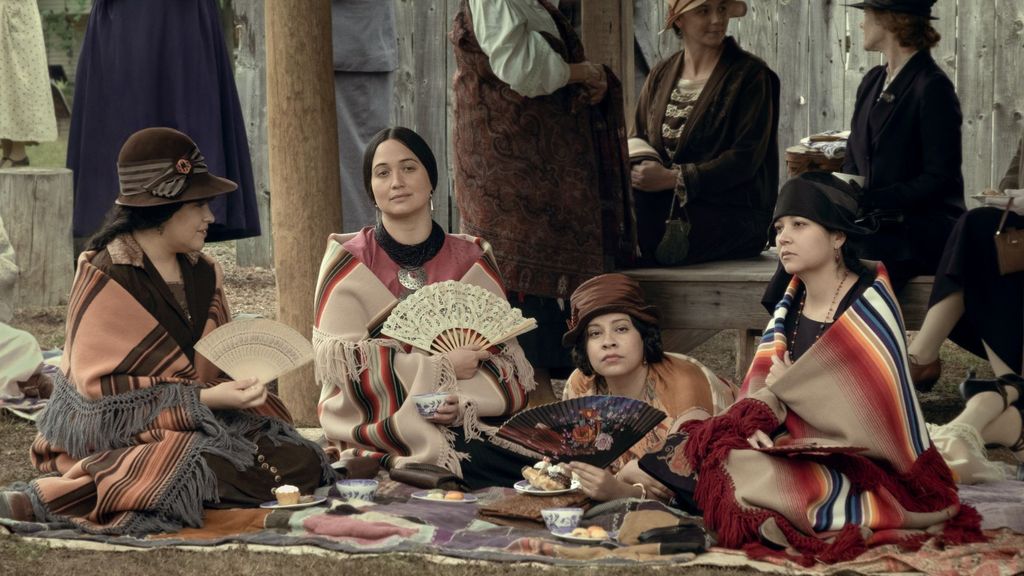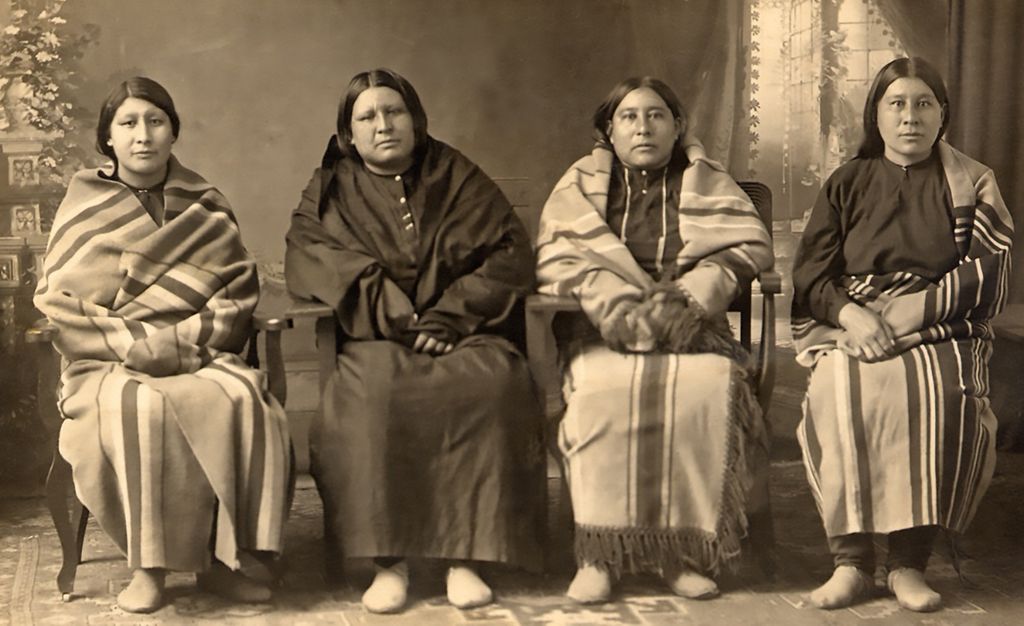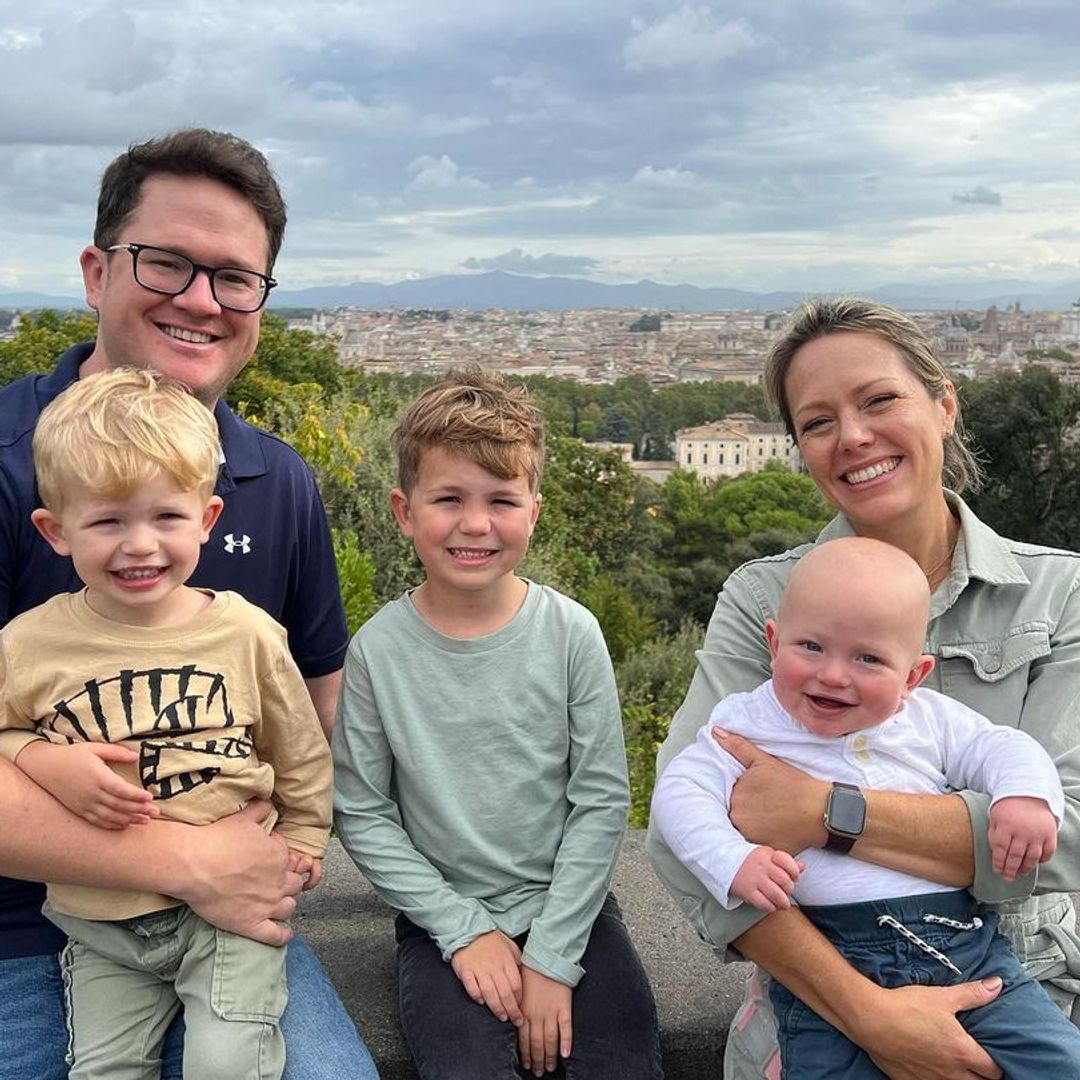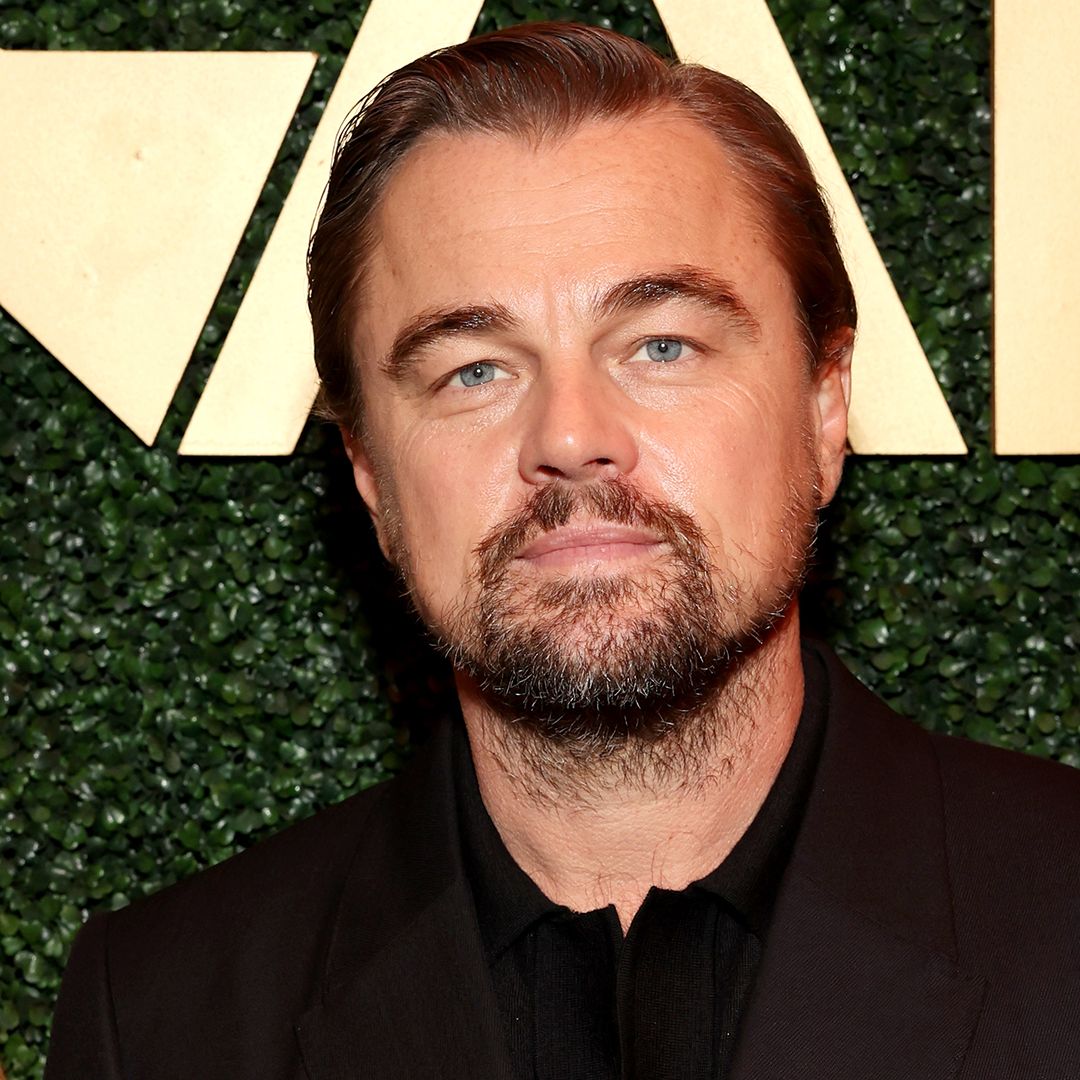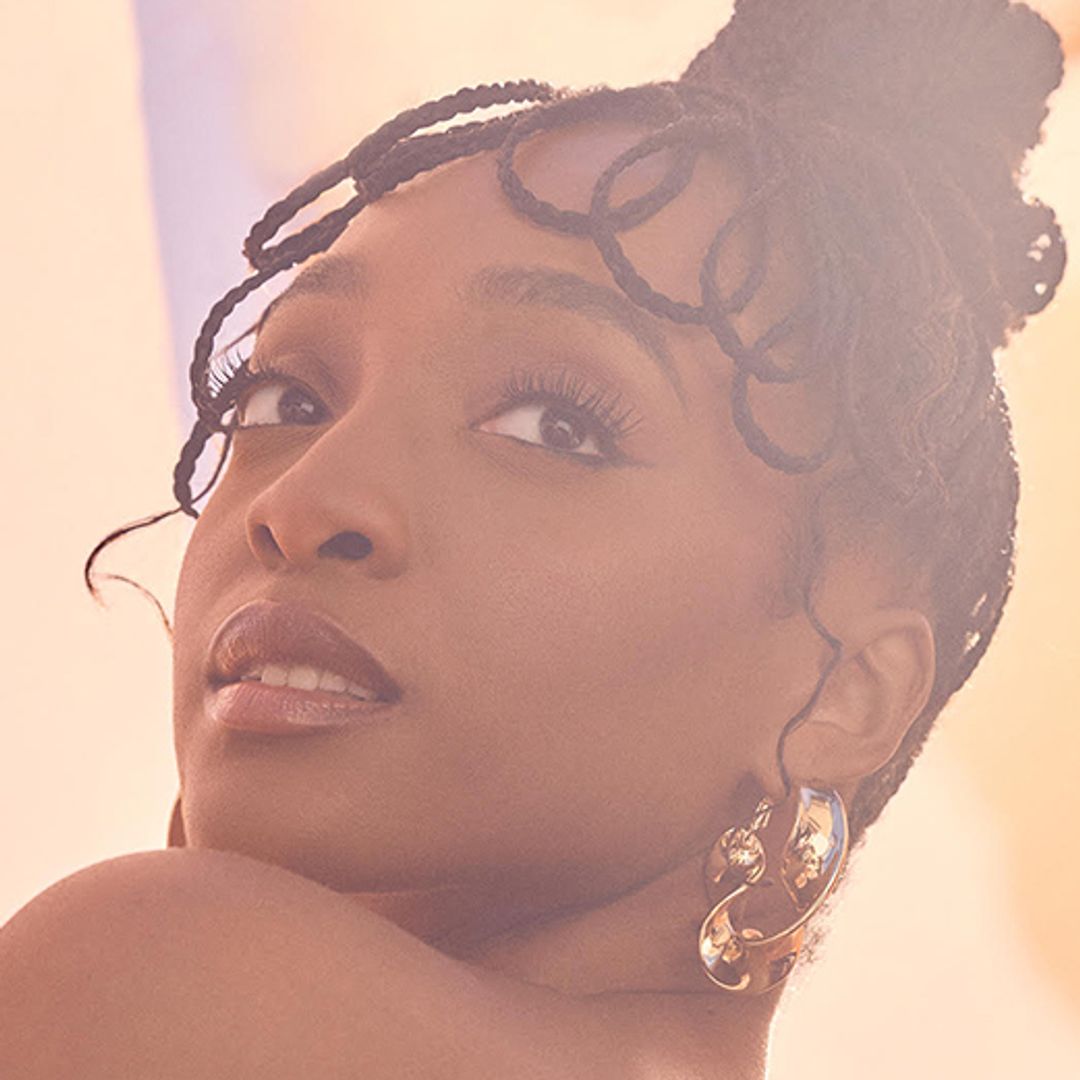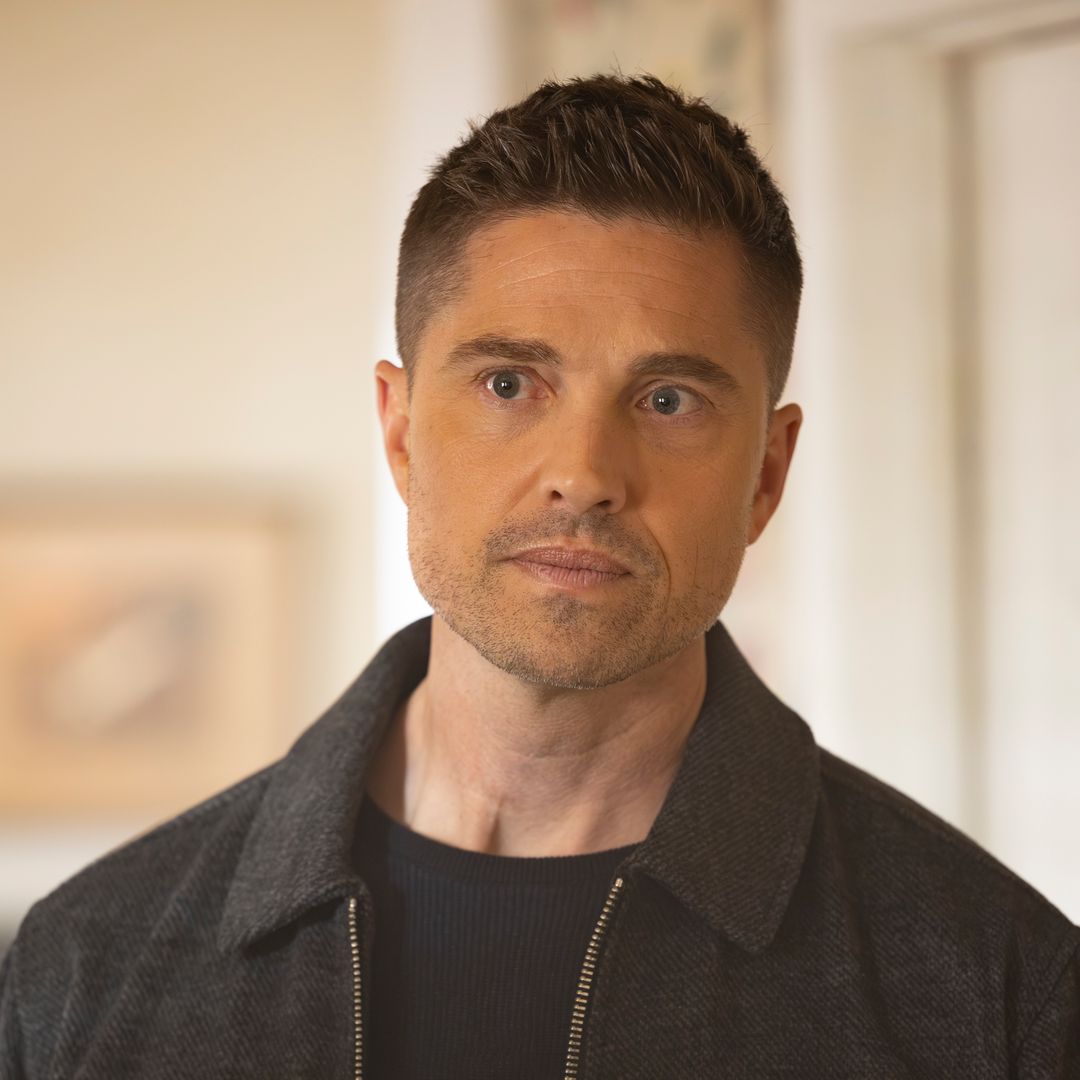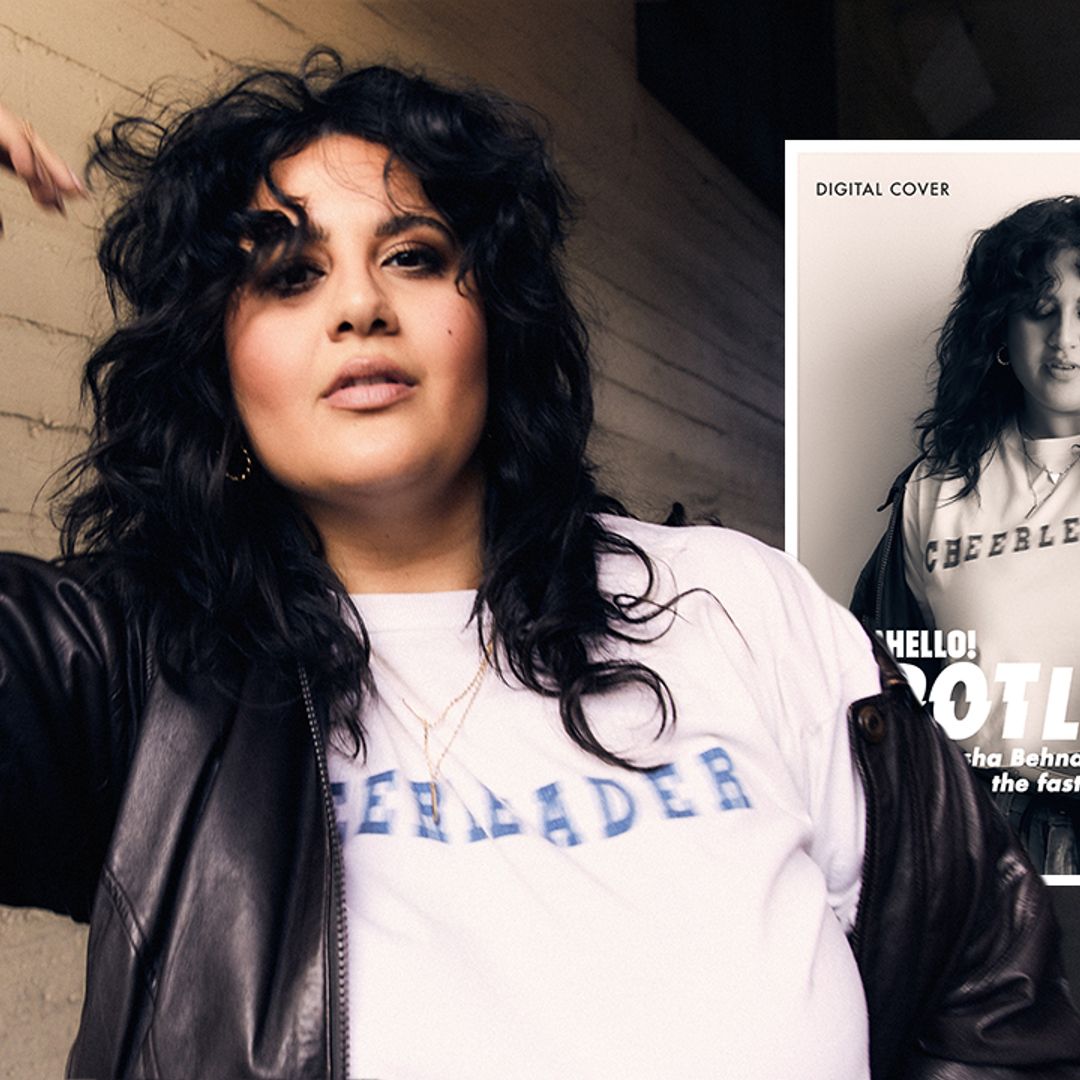For years, the stories of Native Americans have been told through the lens of white men, but in Martin Scorsese's acclaimed Killers of the Flower Moon, the horror of the 1920s Reign Of Terror in Oklahoma is viewed through the eyes of the Osage women, and in particular Mollie Burkhart (Lily Gladstone), who saw her family, along with many others, systematically murdered for land and oil; by 1925 at least sixty wealthy Osage had died with their land being inherited by court-appointed guardians, almost all local white lawyers and businessmen.
The film, expected to receive a number of Oscar nominations this year, tells the story of one family of women who died over a period of years at the hands of William Hale (Robert de Niro) and his nephews Ernest (Leonardo DiCaprio) and Bryon Burkhart (Scott Shepherd). They inserted themselves into Osage families and gained their trust, only to kill off family members for what they believed was their right as white men.
Much has been said already about how Scorsese rewrote the original script to focus on the Osage community rather than the white men, a perspective Cara Jade Myers – who stars as Mollie's murdered sister Anna Brown – says was "groundbreaking" and a decision that she hopes will ripple out through the industry. But the stories Hollywood decides to tell have long been about the trauma of their shared history, and Cara – who is also working on her own scripts – is ready to flip that narrative: "If I play a cop, you don't have to put me on a reservation in a Tipi to make me a Native cop!"
Cara herself is from the Kiowa and Wichita tribes, and she writes for HELLO! about her experiences on set, and why much more change is needed not just in front of the cameras…
My number one reason for wanting to be involved [in the film] was to share a piece of history that just doesn't get taught in schools; so many people I've talked to have never heard the story – even people who have lIved in Oklahoma their entire life have never heard of the Osage Reign of Terror.
From our Native standpoint, we already knew how important this story was and how groundbreaking it was to have someone as legendary as Martin Scorsese interested in telling our stories and be so invested in telling them truthfully. So on set, we didn't discuss the gravity of what we were doing because we already knew how important this was and we came in prepared to do this justice.
But I feel like a lot of storytellers who are not Native are afraid to tell our stories and I want to say, 'Don't be afraid to tell them – but you have to get Native Americans in the development and writers rooms. You can't have us as consultants trying to do damage control. We need to be on the base ground level of creating this with you so there is accurate representation.'
Lily [Gladstone] shared a thread offering guidance to Native women to take their time and feel safe when watching Killers of the Flower Moon, and to people who tell me they want to see the film, I let them know: 'It is graphic and there are some really disturbing parts so if you need to watch it on AppleTV+ to give yourself space to pause, walk away, take time and breath then I suggest doing so. It’s a lot to take in.'
The cast really leaned on each other, especially me, JaNae Collins (Rita Smith), and Jillian Dion (Minnie Smith). We were really close together as sisters and so constantly leaned on each other for support when things got hard, because we were also out there on our own filming, without our families. But there were so many Osage in front of the screen and behind the screen, and a ton of consultants to help us.
Before we even got to Oklahoma, we were given a language instructor who was teaching us how to speak Osage. I was not used to moving my mouth that way so after an hour-long session, my mouth and jaw would be sore from using it in a different way, which I thought was so interesting.
On set, the Osage were also so incredibly excited to share their customs, their cultures, and their history and we made so many friends who let us ask questions; they were so open and kind and would tell us, 'Don't do this, you do this,' and it was awesome to have the support of the community who really live it.
My mom is Wichita (a confederation of Southern Plains Native American tribes, indigenous to Oklahoma, Texas, and Kansas) and my real dad was an abusive alcoholic, so my mom and I moved away from Oklahoma to Arizona to escape when I was five, leaving tribe and family. My mom then met my stepdad who was a verbally abusive drug addict, and because of his abusive nature we couldn't leave, or do things unless he wanted to, so it very much isolated us from our culture.
I was 17 when I left the house, and since then it's been a process of slowly learning my culture, and taking back the things that I lost. The amazing thing though, is that the Native community is so awesome and welcoming because they want us to know our culture and traditions.
This summer, I got to go back to Oklahoma. On my dad's side I'm Kiowa (indigenous people of the Great Plains) and I went to the Kiowa dances; they helped me to get dressed and it was an unforgettable experience. Then I went to the Wichita dances and to be able to connect to that side of me… I'm excited to do so now even more.
A lot of times for Native Americans though, the stories told are often about the trauma – the murders, the trail of tears, the genocide and alcoholism – and I want to show a different side of that. I like to write comedies, and I don't write it necessarily to be set on a reservation. I have one script based in the city, about a woman trying to keep her culture alive but it's focus isn't on being Native, she just is Native. If I play a cop, you don't have to put me on a reservation in a Tipi to make me a Native cop.
But I am seeing more Native American roles that are modern and I'm really excited to see that door opening.
In Killers of the Flower Moon, there's a funeral scene and they were trying to put our hair up and we said, 'No, as Native Americans, we wear our hair down when we're mourning,' and they completely stopped, and there was no question of, 'What if?' Or, 'Could you?' It was just, 'Let's do it' and it's amazing when you have collaborators who actually listen to you.
But on that note, there's a lot of times where if you're the only Native on set you become the cultural consultant. I am Kiowa and Wichita, and I know my tribe's traditions. But I don't know the Osage traditions, I don't know the Navajo tradition, so I can't be the mouthpiece for everyone and it does get very frustrating when people don't realize that we're not a monolith; each tribe is completely different and unique.
I'm hoping that people in Hollywood start seeing that Natives have a voice and stories and dimensions and characters and we don't have to be this one thing. My dream role is to play the President of the United States.
A Native woman in the Oval Office? Come on now!
